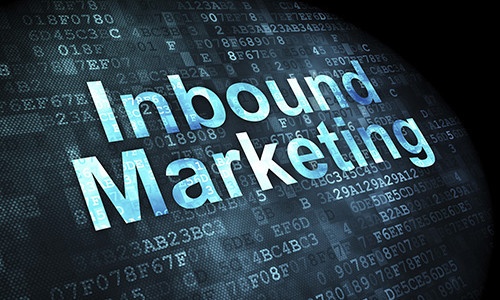 Have you found yourself looking into a process for finding more potential customers, but are struggling to find a plan? Inbound marketing is the process of helping to get potential customers for your company, and this process usually tends to happen before the customer is ready to purchase. Some types of inbound marketing include blogs, social media campaigns, eBooks, webinars, and viral videos. Here is a generalized process that can help your company develop a strategy for inbound marketing.
Have you found yourself looking into a process for finding more potential customers, but are struggling to find a plan? Inbound marketing is the process of helping to get potential customers for your company, and this process usually tends to happen before the customer is ready to purchase. Some types of inbound marketing include blogs, social media campaigns, eBooks, webinars, and viral videos. Here is a generalized process that can help your company develop a strategy for inbound marketing.
Plan
The first and most important step is the planning stage. In the planning stage, you want to assess your current needs, set objectives, and measure goals. After your goals, you want to develop an effective content strategy. The next part is to develop personas for your content strategy and define and delegate responsibilities within your team. After everyone has their responsibilities, the next and biggest step of the planning stage is to develop premium content ideas. Content ideas allow your team to create blogs and social media postings to get the word out about your company.
Create
The planning stage leads directly into the create stage. The create stage of your plan should include developing content that will seem attractive to visitors, then convert visitors to leads, and position your company as a thought leader. The type of content you can create includes videos, podcasts, white pages, eBooks, webinars, and blogs. Having a social media platform is extremely important for inbound marketing, as you can post on multiple platforms attracting more potential customers to your type of content.
Distribute
The next step is the distribution stage, where you will share content specifically designed to appeal to your ideal customers. With social marketing platforms, you can use a content calendar to start strategically distributing content. Your distributed content can also help to get you found through keyword searches. The best platforms to distribute content are Facebook, Twitter, and Instagram. You can also use email marketing to bring some visitors back.
Capture
The capture step is a very important one. This is the step where you will need to collect contact data to reach back out to visitors. You want to make sure to have a way to capture visitors' information. Something good to use is compelling calls to action. You can also include premium content offers, landing pages, and contact forms. These are all key ways to collect contact information to gain more potential customers.
Analyze
After giving your marketing efforts some time to mature, you want to start analyzing the data you collect. You want to review the data you collect to determine what is and is not working and how to adjust your plan. You can use your marketing tools to gather lead information, see what topics, blogs, or posts are most popular, and then what offers convert readers to leads.
Cultivate
The cultivation stage is where you can maintain and nurture your leads to continue to establish trust and creditability. The ways to cultivate leads would be to reach out and make sure your visitors get to know you better and learn about your company and products. As you cultivate your visitors, you can move them through the sales funnel to bring them closer to the final stage.
Convert
This is the final stage of the inbound marketing cycle, where visitors become customers. You want to ensure that all visitors interested in being contacted are given the opportunity. You can implement an approach and conversion strategy plan to close new customers using lifecycle stages, segmented lists, and user history.
Leverage Winn's experience to implement your inbound marketing strategy!





